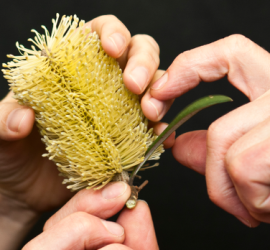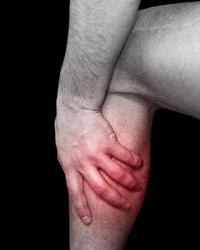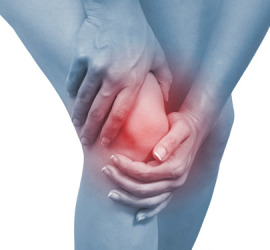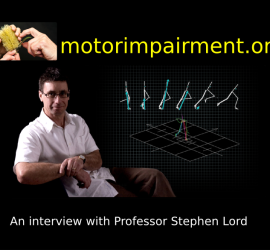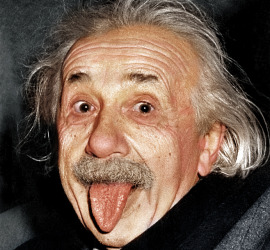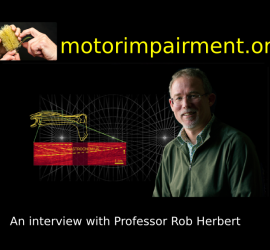2014 year in review – ageing
Here’s why you should exercise, walk fast and plan for your retirement! Here we highlight some messages from 2014 from the Motor Impairment team. They focus on AGEING. In the coming days we will post additional highlights from 2014 dealing with other aspects of Motor Impairment and motor performance. Ageing […]

